- Home
- Harvest
Harvest
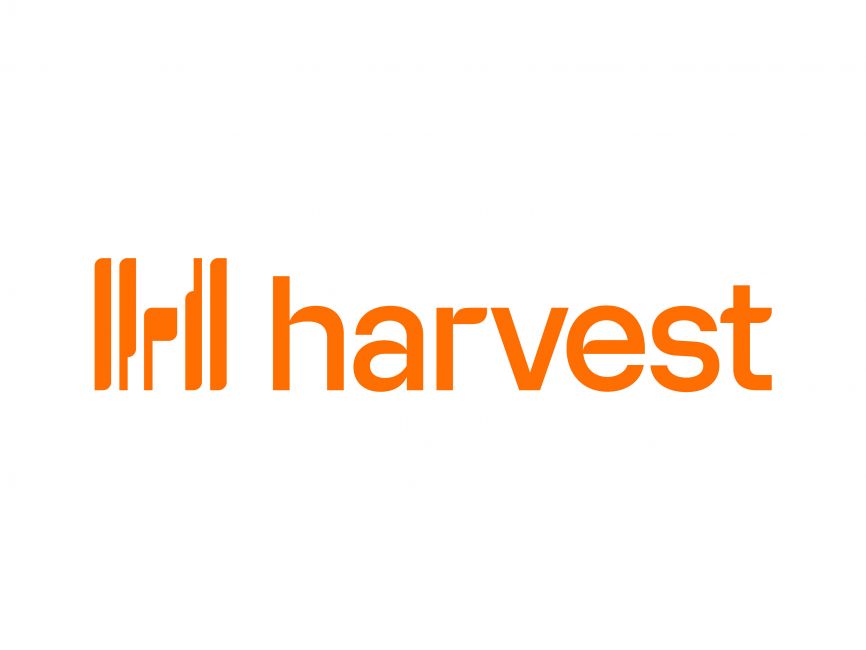
Harvest Create a Billable Rate Integration
$0.00
The Harvest API's "Create a Billable Rate" endpoint allows users to programmatically add billable rates to specific team members for a given project. Using this endpoint, businesses can automate the process of assigning personalized hourly rates to employees or contractors, streamlining the invoicing and billing process. This API functionality i...
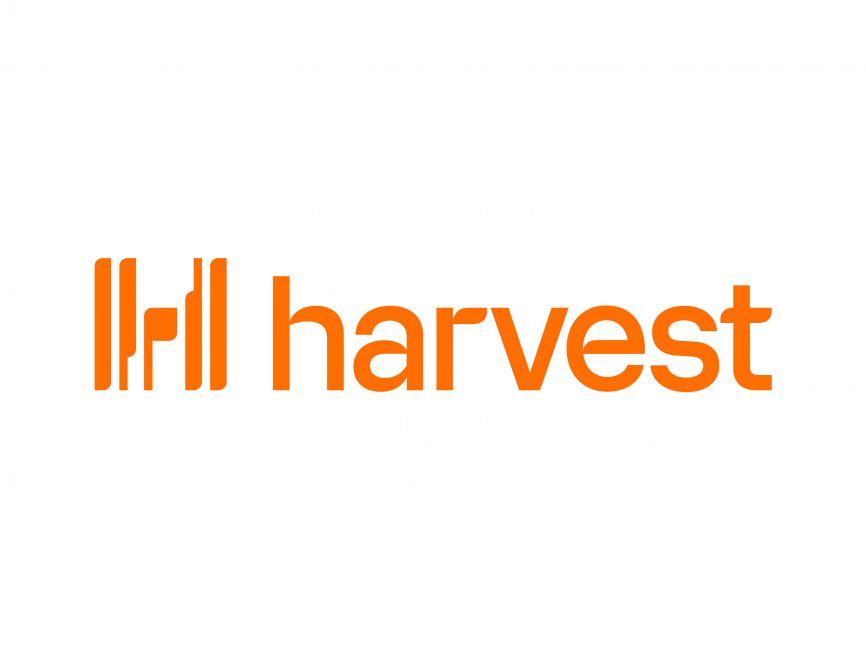
Harvest Create a Client Integration
$0.00
```html Harvest API Create a Client Endpoint Explanation Understanding the Harvest API Create a Client Endpoint The Harvest API offers a suite of endpoints that enable users to interact programmatically with their Harvest account data. One such endpoint is the Create a Client endpoint, which is used to add a ...
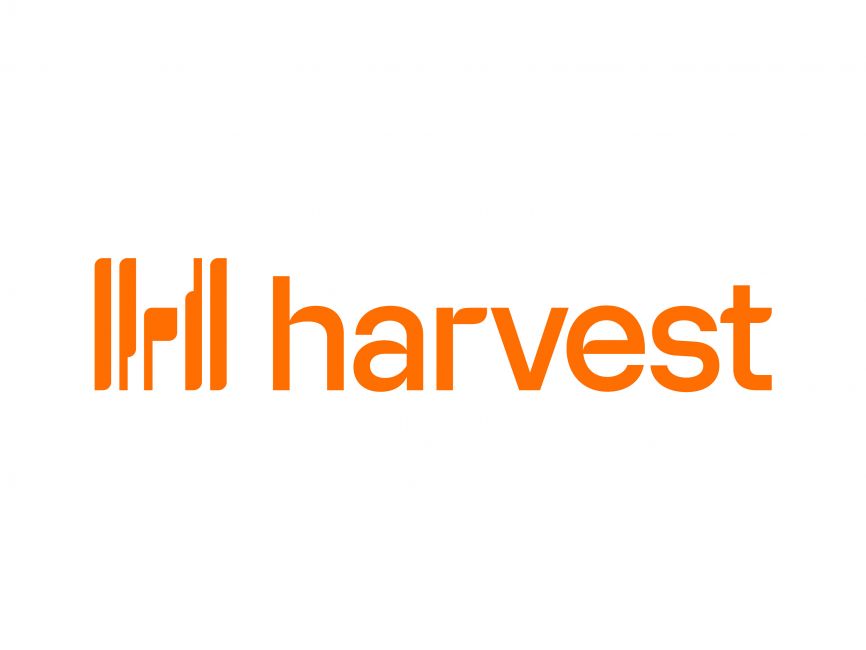
Harvest Create a Contact Integration
$0.00
```html Understanding the Harvest API: Create a Contact Endpoint Understanding the Harvest API: Create a Contact Endpoint The Harvest API provides a range of endpoints for managing various aspects of time tracking, invoicing, and project management. One of its valuable features is the "Create a Contact" endpoint. This endpoint allows third...
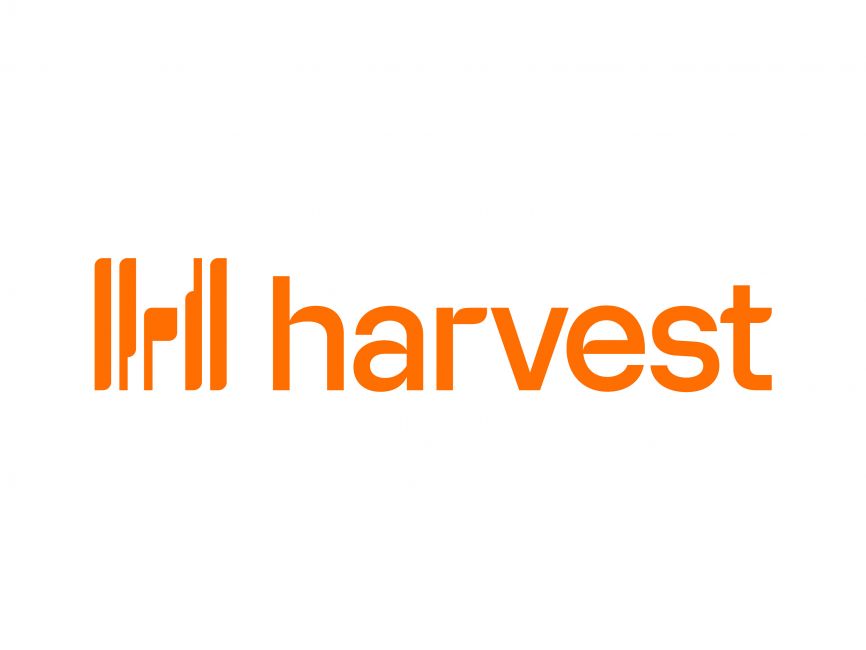
Harvest Create a free-form Invoice Integration
$0.00
Understanding the Harvest Create Invoice Endpoint Understanding the Harvest Create Invoice Endpoint Harvest is a comprehensive time tracking and invoice management tool that allows businesses to record the time spent on projects and create invoices for clients. Among its various features, the API endpoint fo...
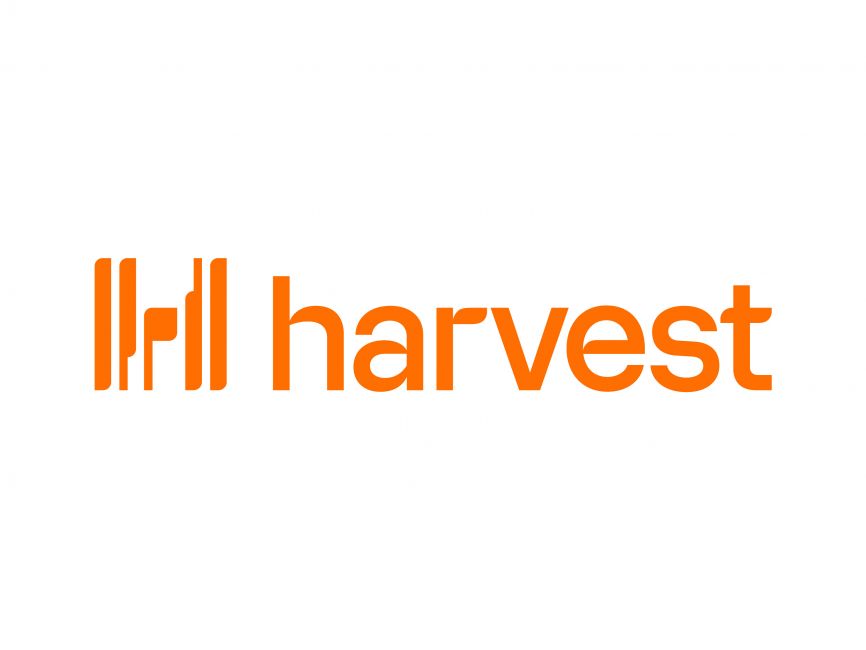
Harvest Create a Project Integration
$0.00
```html Create a Project with Harvest API Creating a Project with Harvest API The Harvest API's "Create a Project" endpoint allows developers to add new projects to their Harvest account programmatically. This functionality is crucial for businesses and individuals who seek to streamline their project ini...
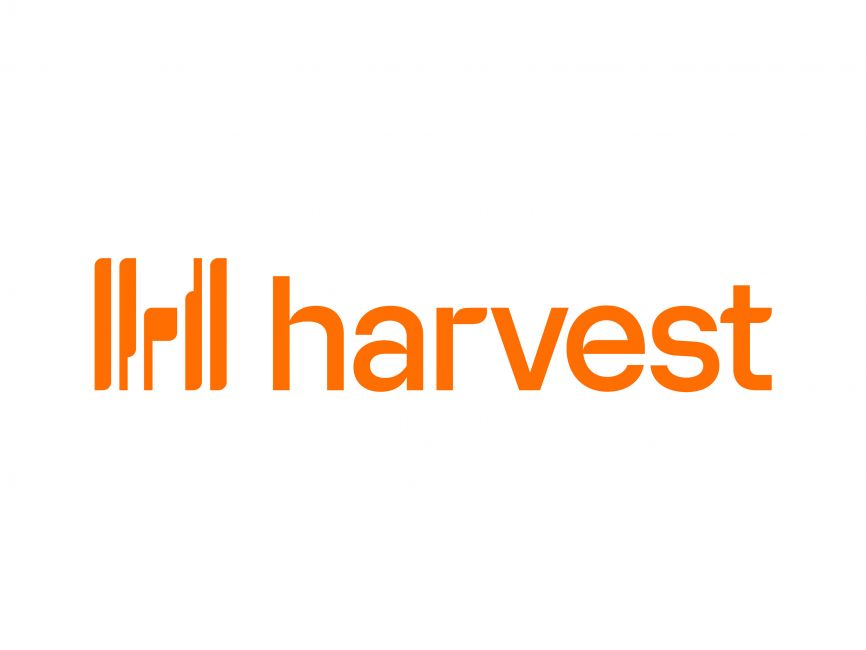
Harvest Create a Task Assignment Integration
$0.00
The Harvest API is designed for use with the Harvest time tracking and invoicing software, which is popular among freelancers, consultants, and agencies for managing their business operations. The Create a Task Assignment endpoint of the Harvest API specifically allows programmatically assigning specific tasks to a project. By using this endpoin...
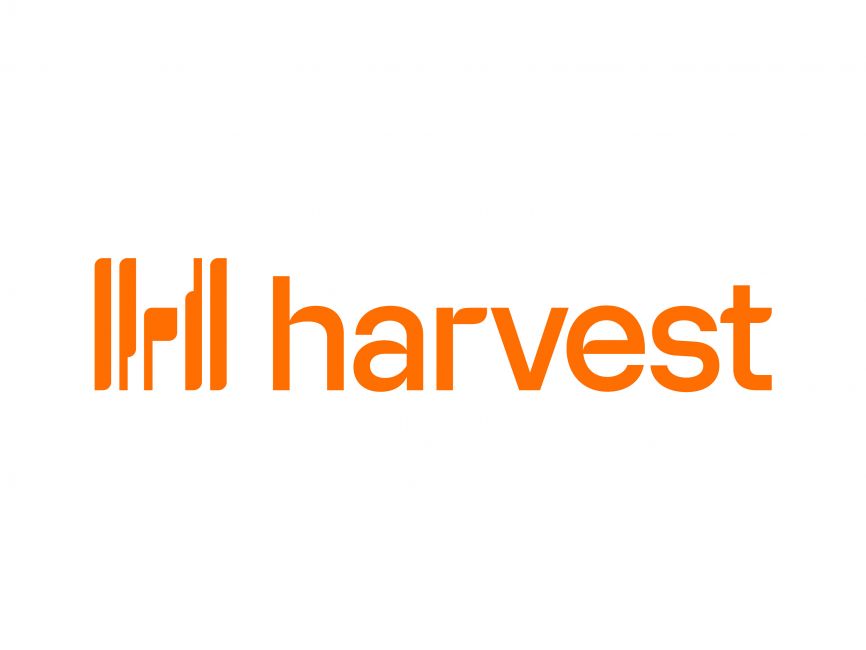
Harvest Create a Task Integration
$0.00
Sure, here's an explanation in HTML format: ```html Create a Task with Harvest API Create a Task with Harvest API The Harvest API endpoint for Creating a Task is a powerful tool that enables developers to programmatically add new tasks to an organization's Harvest account. Harvest is a popular time tracking a...
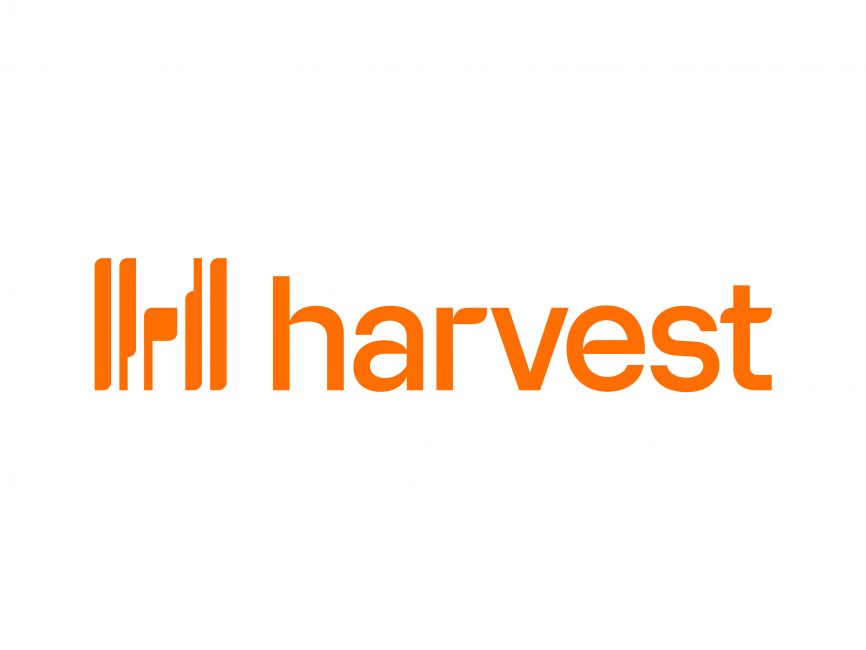
Harvest Create a Time Entry Integration
$0.00
```html Harvest API: Create a Time Entry Harvest API: Create a Time Entry What can be done with the "Create a Time Entry" API Endpoint? The "Create a Time Entry" API endpoint provided by Harvest allows users to programmatically create new time entries in their Harvest account. ...
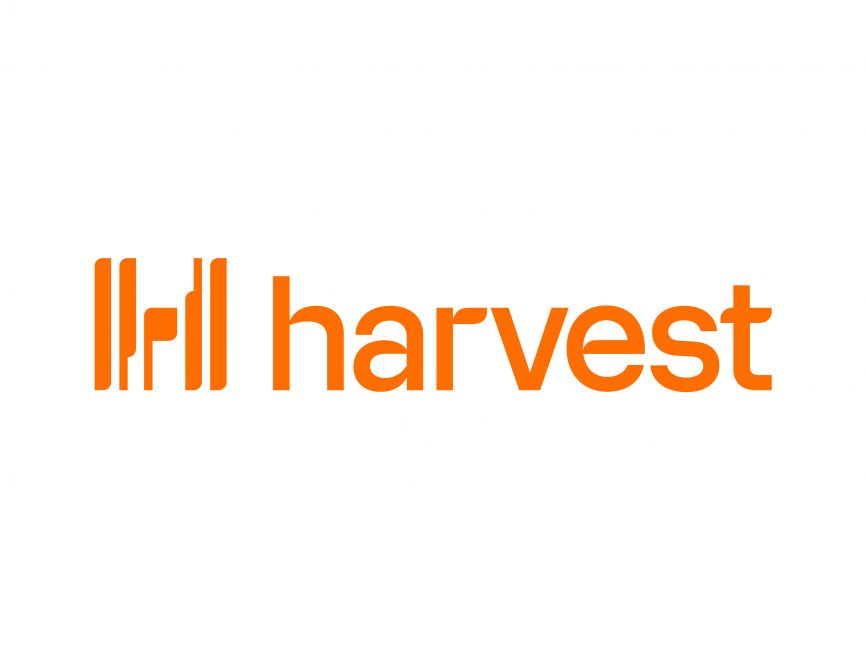
Harvest Create a User Integration
$0.00
Create a User with Harvest API Utilizing the Harvest API Create a User Endpoint Harvest is a cloud-based time tracking and invoicing tool designed to help freelancers and businesses keep track of work hours, manage projects, and bill clients accordingly. The Harvest API provides a way for developers to in...
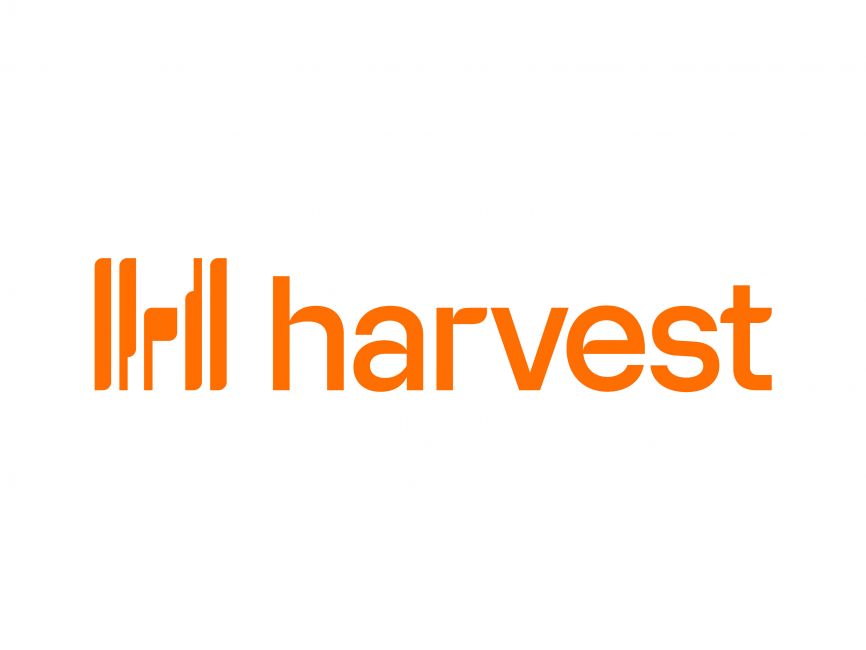
Harvest Create an Expense Integration
$0.00
```html Understanding the Harvest Create an Expense API Endpoint Harvest Create an Expense API Endpoint The Harvest Create an Expense API endpoint is a part of the Harvest online time-tracking and invoicing software's API. This endpoint allows third-party applications and scripts to programmatically add ex...
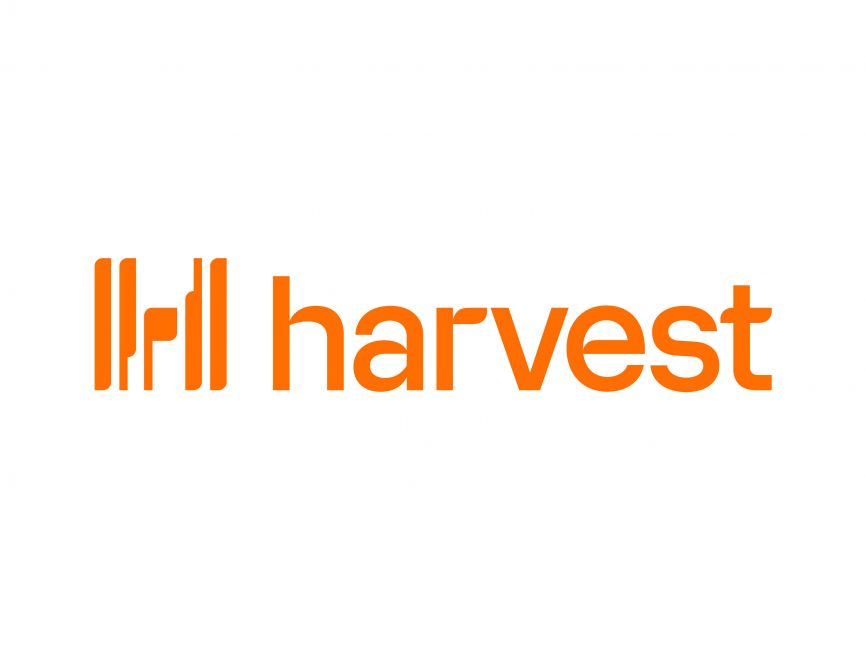
Harvest Create an Invoice Payment Integration
$0.00
Using Harvest API's Create an Invoice Payment Endpoint Harvest API's Create an Invoice Payment Endpoint The Harvest API's Create an Invoice Payment endpoint is a powerful tool that can be used to automate and streamline the invoicing and payment tracking process for businesses and freelancers. This endpoint specificall...
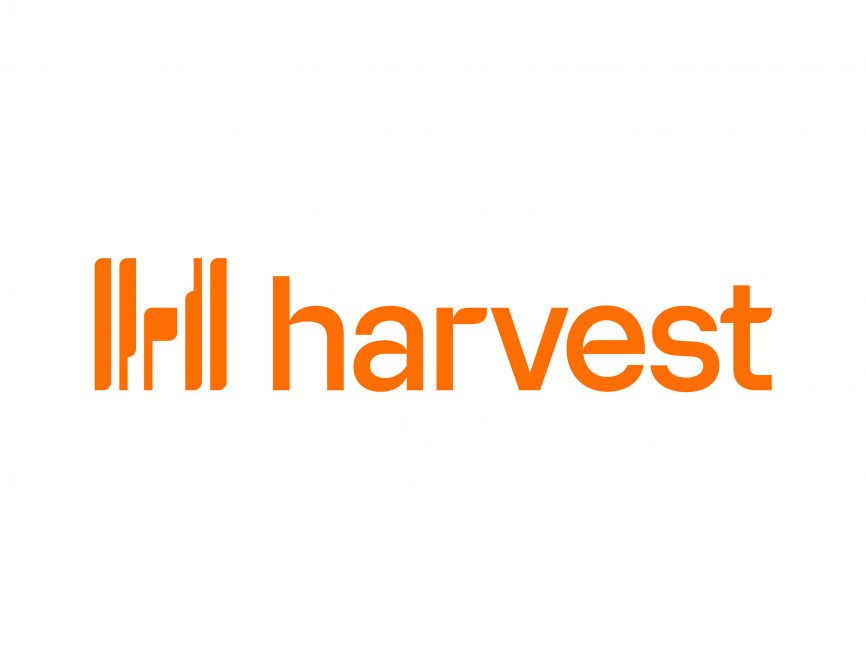
Harvest Create Invoice Line Item Integration
$0.00
The "Create Invoice Line Item" endpoint in the Harvest API is a crucial tool for automating and enhancing the billing process within a business or organization. Let's delve into how to utilize this endpoint and the types of problems it can address in a structured explanation. Utilization of the "Create Invoice Line Item" Endpoint The 'Create I...
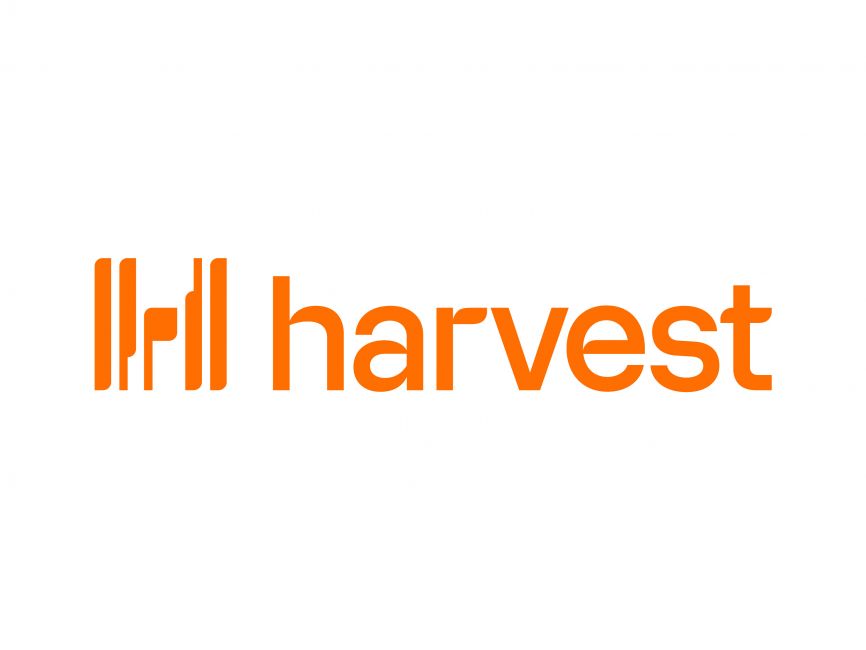
Harvest Delete a Client Integration
$0.00
Using the Harvest API: Delete a Client Endpoint Understanding the Harvest API's Delete a Client Endpoint Harvest is a popular time tracking and invoicing software. It offers a range of features, one of which is the management of clients within the system. Clients in Harvest are entities to which you can as...
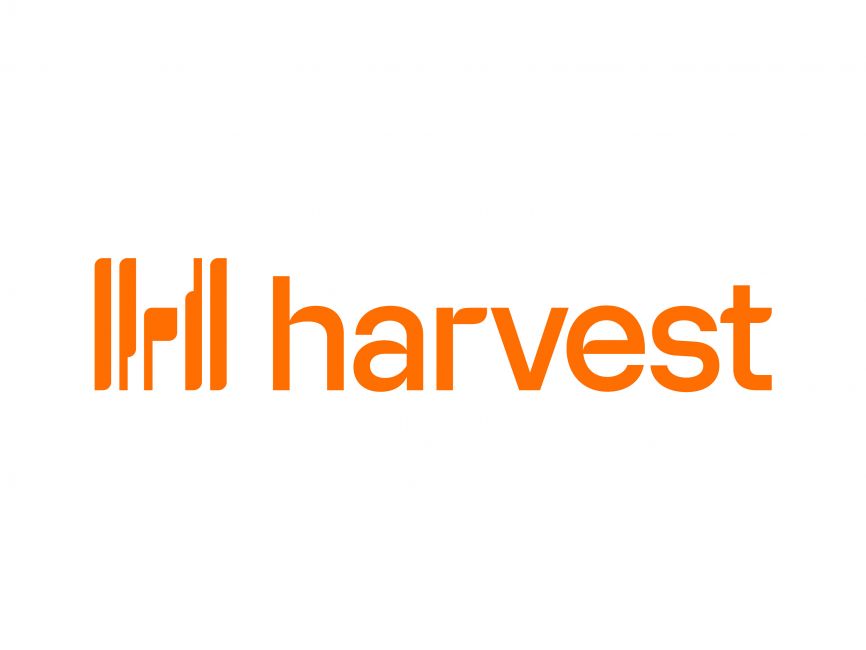
Harvest Delete a Contact Integration
$0.00
Delete a Contact Endpoint in Harvest API Delete a Contact Endpoint in Harvest API The Harvest API provides a whole suite of endpoints to interact with the different resources within its platform. One such endpoint is the Delete a Contact endpoint, which is designed to remove a contact from the system. Contacts...
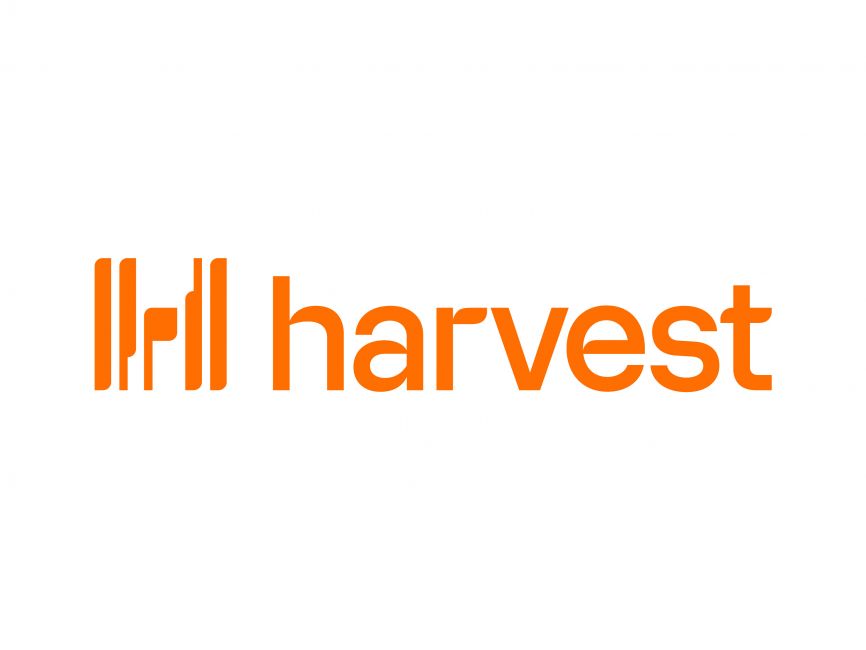
Harvest Delete a Project Integration
$0.00
Use Cases of the Harvest API Endpoint: Delete a Project Harvest API Endpoint: Delete a Project The Harvest API provides a broad range of endpoints to support various time tracking and project management functions. One such endpoint is the Delete a Project endpoint, which allows users to programmatically delete a project from their Harves...
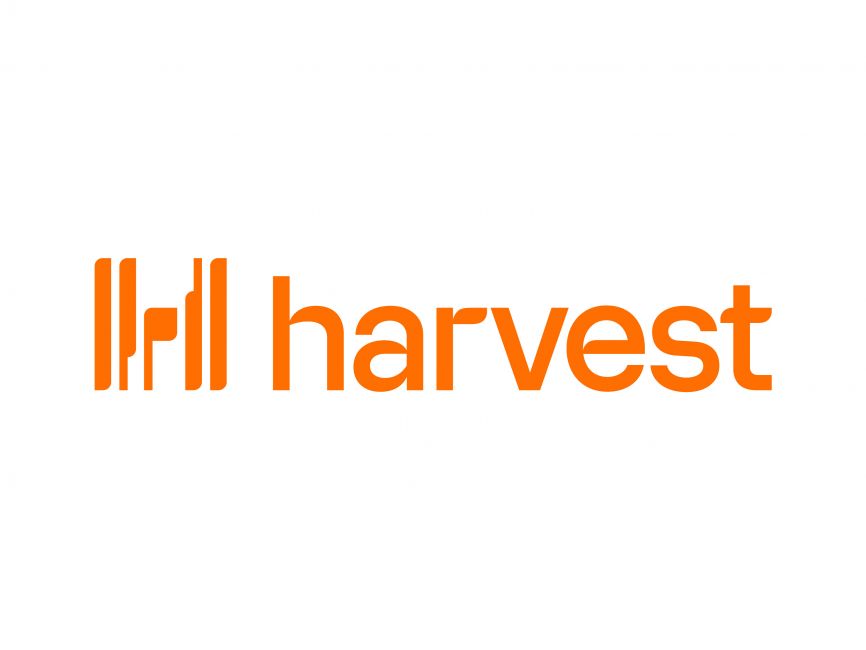
Harvest Delete a Task Integration
$0.00
Understanding the Delete a Task API Endpoint Understanding the Delete a Task API Endpoint The API endpoint Delete a Task is part of a larger suite of endpoints provided by Harvest, which is a popular time tracking and project management tool. This specific endpoint allows for the deletion of an existing task from ...
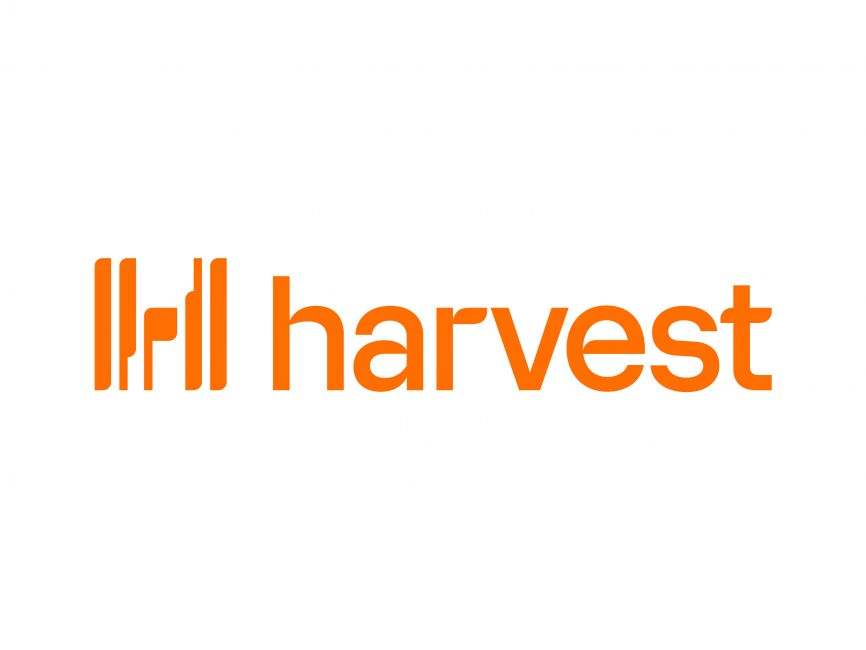
Harvest Delete a Time Entry Integration
$0.00
Purpose of the Delete a Time Entry API Endpoint The Delete a Time Entry API endpoint provided by Harvest is designed to allow users to remove an existing time entry from their account. This endpoint is essential when dealing with time tracking, ensuring that any mistakes or unnecessary entries can be rectified by deletion. By using this endpoin...
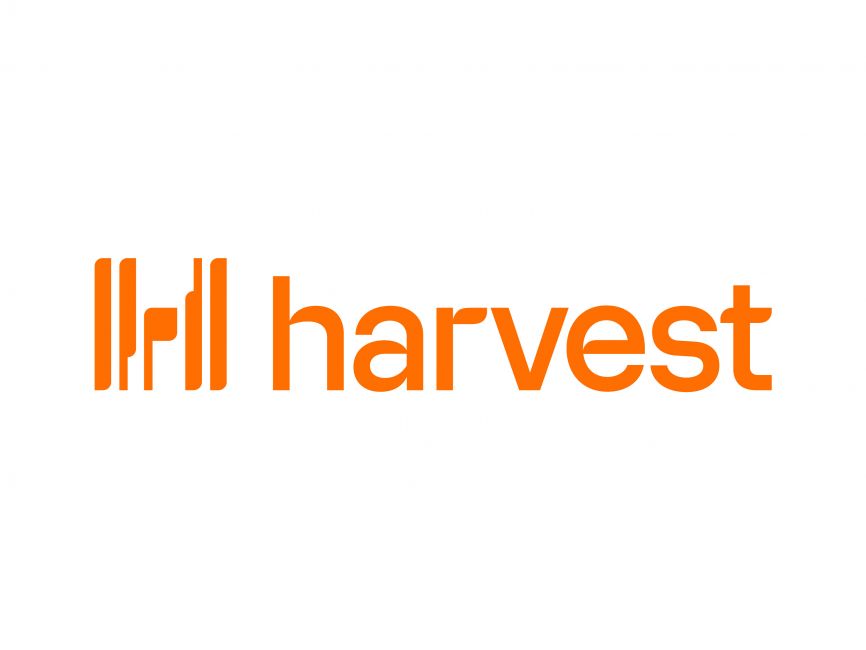
Harvest Delete a User Integration
$0.00
Sure, here's a 500-word explanation using HTML formatting: ```html Delete a User API Endpoint Explanation Delete a User API Endpoint The API endpoint Delete a User is a feature available in many user management systems that allows an administrator or other authorized individuals to remove a user account from the system. The action is gen...
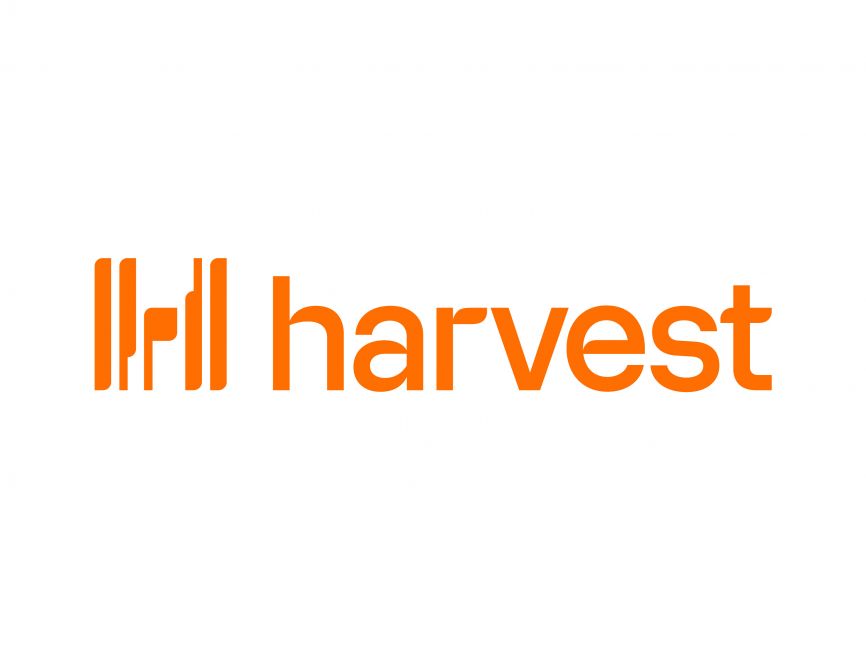
Harvest Delete an Expense Integration
$0.00
Delete an Expense API Endpoint Explanation Understanding the "Delete an Expense" API Endpoint in Harvest The "Delete an Expense" API endpoint in Harvest is a powerful tool that allows developers to programmatically remove expenses from the Harvest system. Harvest is a web-based time tracking and invoicing applicat...
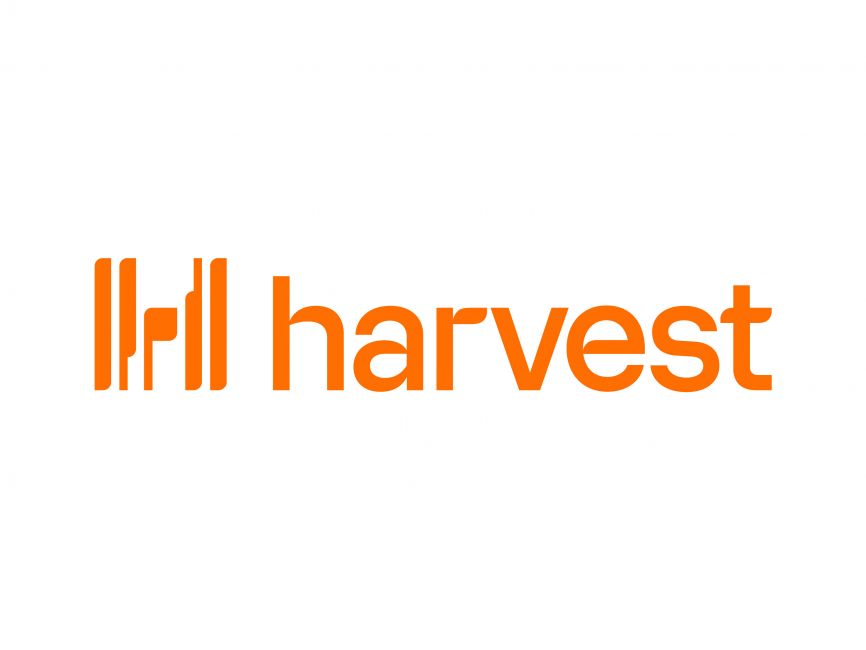
Harvest Delete an Invoice Integration
$0.00
Harvest API: Delete an Invoice Endpoint Understanding the Delete an Invoice Endpoint in Harvest API The Harvest API provides a suite of endpoints for managing various aspects of the user's account, including clients, projects, timesheets, and invoices among others. One such endpoint is the Delete an Invoice endpoin...
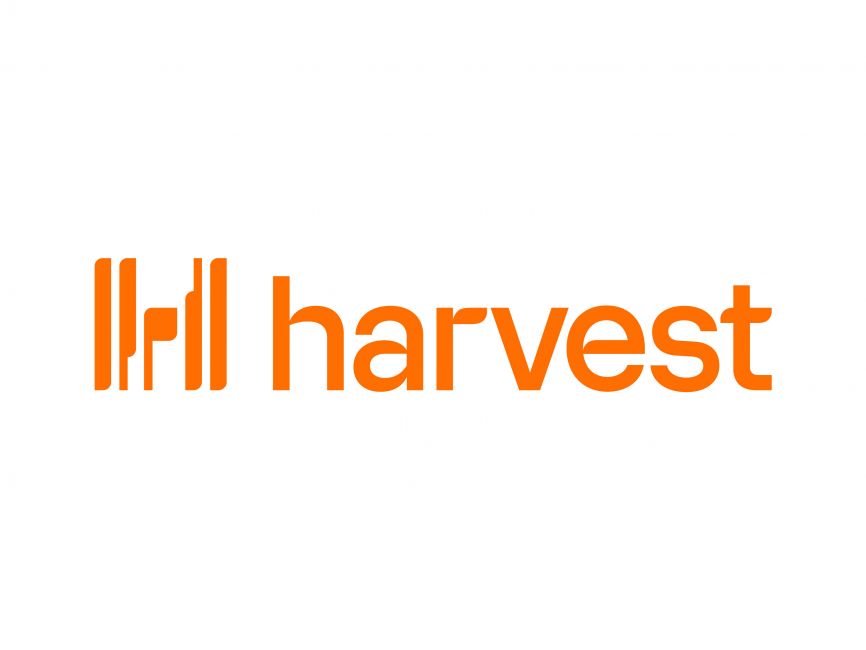
Harvest Delete Invoice Line Item Integration
$0.00
Harvest API: Delete Invoice Line Item Understanding the "Delete Invoice Line Item" Endpoint in Harvest API The Delete Invoice Line Item endpoint in the Harvest API is a powerful tool that allows users to remove a specific line item from an existing invoice. This operation can be particularly useful for busin...
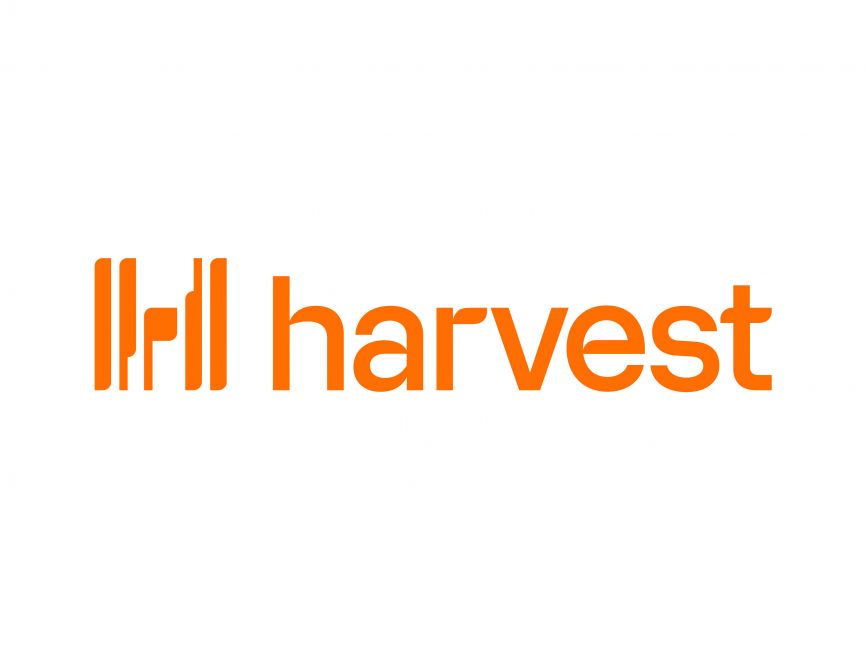
Harvest Edit a Client Integration
$0.00
Edit a Client using Harvest API Utilizing the "Edit a Client" Endpoint in Harvest API The Harvest API provides a suite of endpoints for interacting with various elements of its time tracking and invoicing service. The Edit a Client endpoint is a specific facet of this API, which allows for programmatic ...
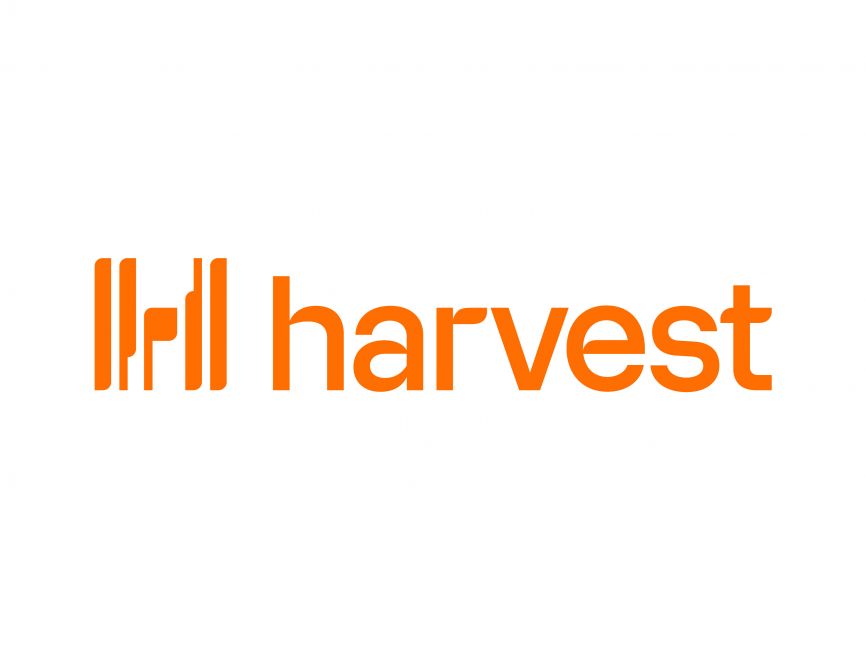
Harvest Edit a Contact Integration
$0.00
The Harvest API endpoint "Edit a Contact" allows developers to programmatically update contact information of a client within their Harvest account. This functionality opens up a multitude of opportunities to maintain accurate and current contact data, integrate with other systems, automate workflows, and enhance the user experience. Here’s an e...
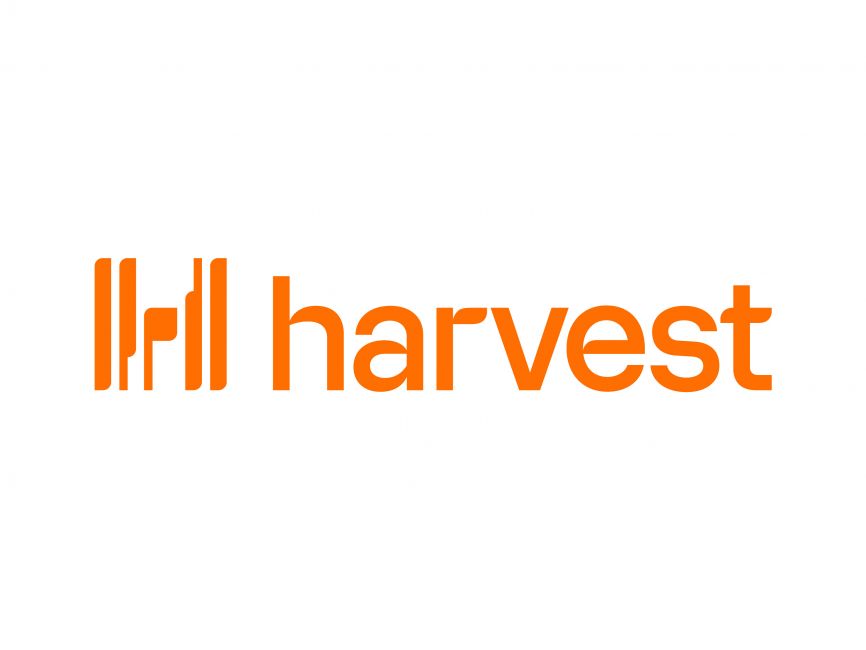
Harvest Edit a Project Integration
$0.00
Utilizing the Harvest API End Point: Edit a Project The Harvest API end point "Edit a Project" provides the ability to programmatically make updates and changes to the details of an existing project within the Harvest time tracking and invoicing system. By using this API endpoint, developers and users can efficiently man...
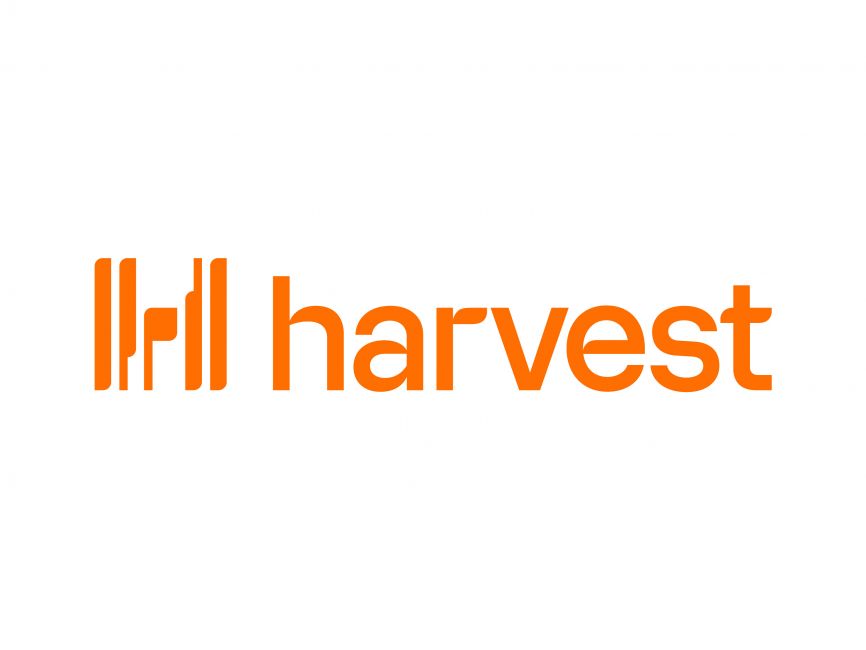
Harvest Edit a Task Integration
$0.00
Understanding the "Edit a Task" API Endpoint in Harvest The Harvest API provides various endpoints to interact with time tracking, invoicing, and project management functionalities of Harvest. The "Edit a Task" endpoint within this API is specifically designed to allow developers to programmatically update the details of a task in the Harvest s...
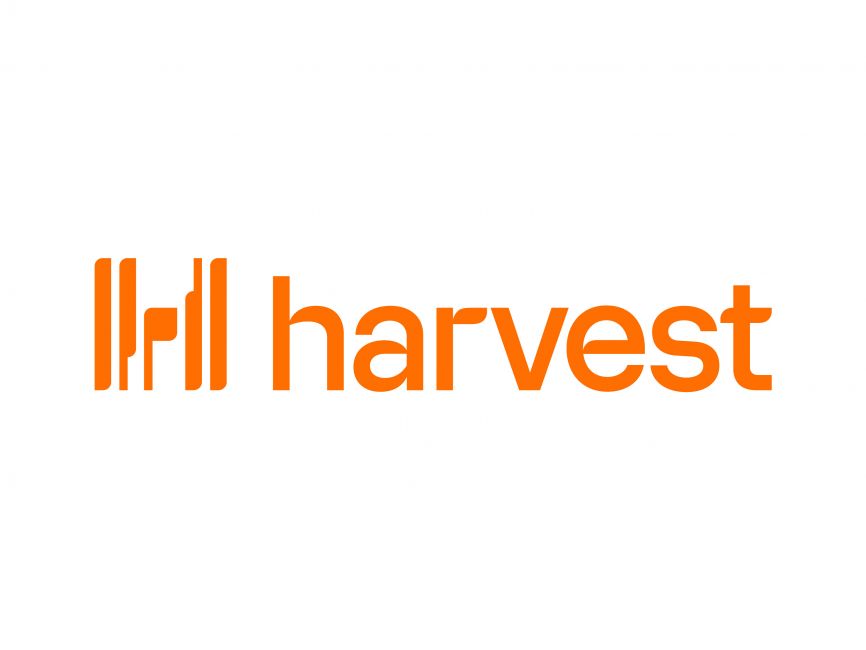
Harvest Edit a Time Entry Integration
$0.00
Edit a Time Entry with Harvest API The Harvest API endpoint for editing a time entry is a powerful tool that allows users to make modifications to existing time entries. This functionality is crucial for managing accurate time tracking records and ensuring that the data reflects the actual amount of time spent on various tasks and projects. Tim...
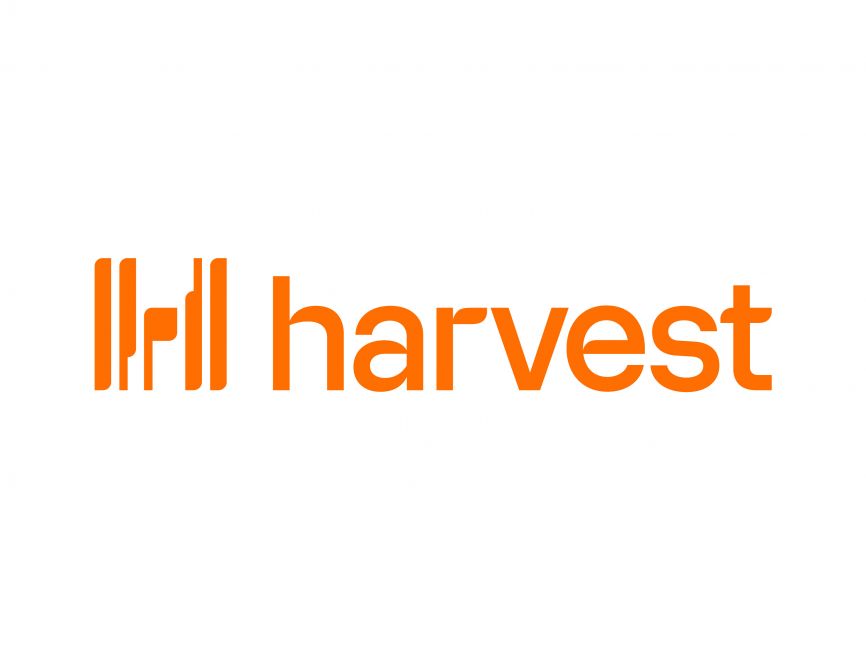
Harvest Edit a User Integration
$0.00
Understanding the Harvest API: Edit a User Endpoint Understanding the Harvest API: Edit a User Endpoint The Harvest API provides a suite of endpoints for users to interact with their Harvest account data programmatically. One of these is the "Edit a User" endpoint. This particular endpoint is used to update the details of an exis...
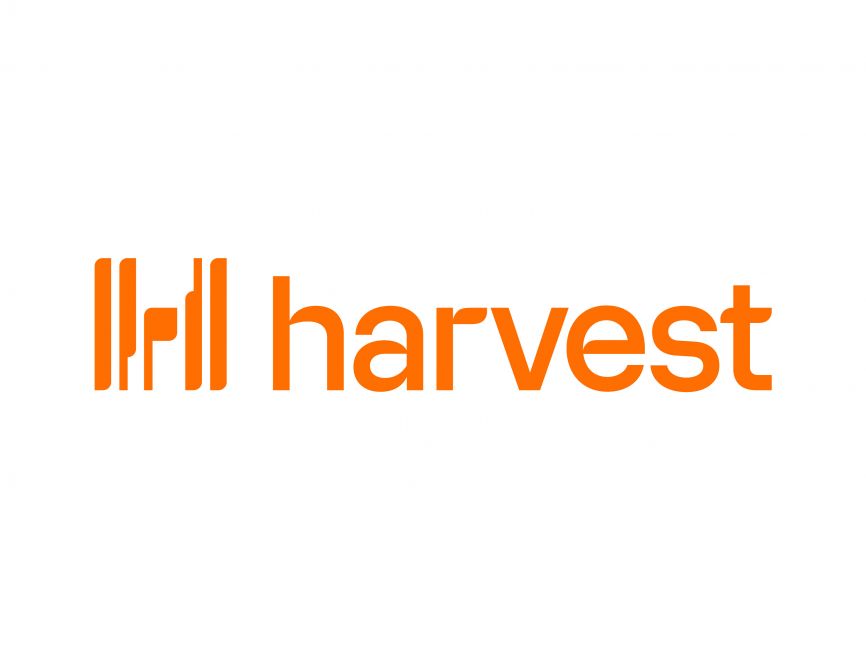
Harvest Edit an Expense Integration
$0.00
```html Exploring Harvest API: Edit an Expense Endpoint Using the Harvest API to Edit an Expense Harvest is a widely-used time tracking and invoicing tool that helps businesses manage their projects efficiently. The Harvest API provides various endpoints that enable developers to integrat...
Collections
- 0CodeKit Integrations
- Accounting
- ACH Processing
- Active Campaign
- Ai Automations and Integrations
- Aircall
- All Integrations
- Annuities
- ATS
- Auto & Home
- BI and Analytics
- Brand Management
- Bullhorn Integration Endpoints
- Business Infrastructure
- Business Operations
- Business Retirement Plans
- Business Systems
- Card Access
- CCaaS
- Clio Integrations
- Cloud Services
- Connectivity, MPLS, Private Line
- Cost Reduction
- CPaaS/SIP
- Customer Relationship Management
- Data Center
- Developer Platforms
- Development
- E-Commerce
- E-Commerce Software
- eREIT
- Field Service Automations and Integrations
- Finance Automations and Integrations
- Financial
- Fire Alarm Systems
- Fleet Tracking
- FTP Hosting
- Gift Card & Loyalty
- Google Sheets
- Graphic Design
- Health
- Healthcare Software
- HR and HCM Automations and Integrations
- HR Software
- Human Resources
- Implemenation
- Insurance
- Integrate RingCentral With Monday.com
- Integrations
- International
- Intrusion Systems
- Investments
- Invoicing
- Invoicing and Contract Software
- Lead Generation
- Learning Management
- Legal
- Legal Services
- Long Term Care
- Managed Investments
- Managed Services
- Marketing
- Marketing
- Marketing Automations and Integrations
- Micro Funding
- Mobile Payments
- Mobility/IoT
- Monday.com Integrations
- Mutual Funds
- Other
- Others Software
- Outsourced Sales
- Pay Per Click
- Payment Processing
- Payroll
- Phone Systems
- Photography
- Pre-Paid Legal
- Print & Promotional
- Process Implementation
- Product Management
- Productivity
- Productivity & Efficiency Improvement
- Project Management
- Recuritment
- Recurring Payments
- RingCentral Integrations
- Sales Software
- Sales Training
- SD-WAN
- Search Engine Optimization
- Security
- Security and IT Management
- Security Systems
- Sling Scheduling Features
- SMS Communication
- Social Media
- Social Media Management
- Telecommunications Automations and Integrations
- Term Life
- Top Products
- Twilio Integrations
- UCaaS
- Video Conferencing
- Video Production
- Video Surveillance
- Web Development
- Web Hosting
- Webinar & Screen Sharing
- Workflow Training
- Zoho
- Zoho CRM Integrations
- Zoho Email & Collaboration
- Zoho Finance
- Zoho HR
- Zoho Legal
- Zoho Marketing
- Zoho Sales
- Zoho Service
- Zoho Suites



























